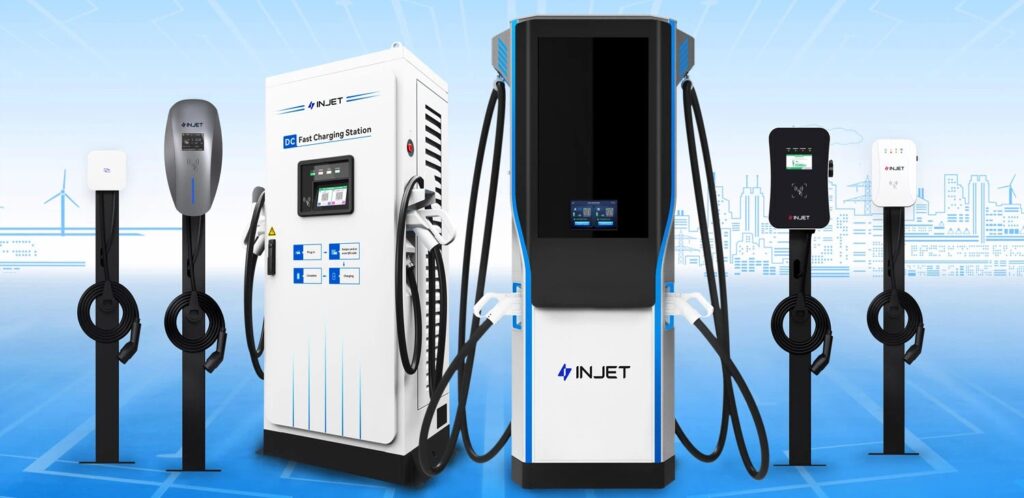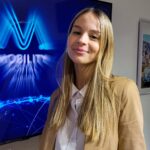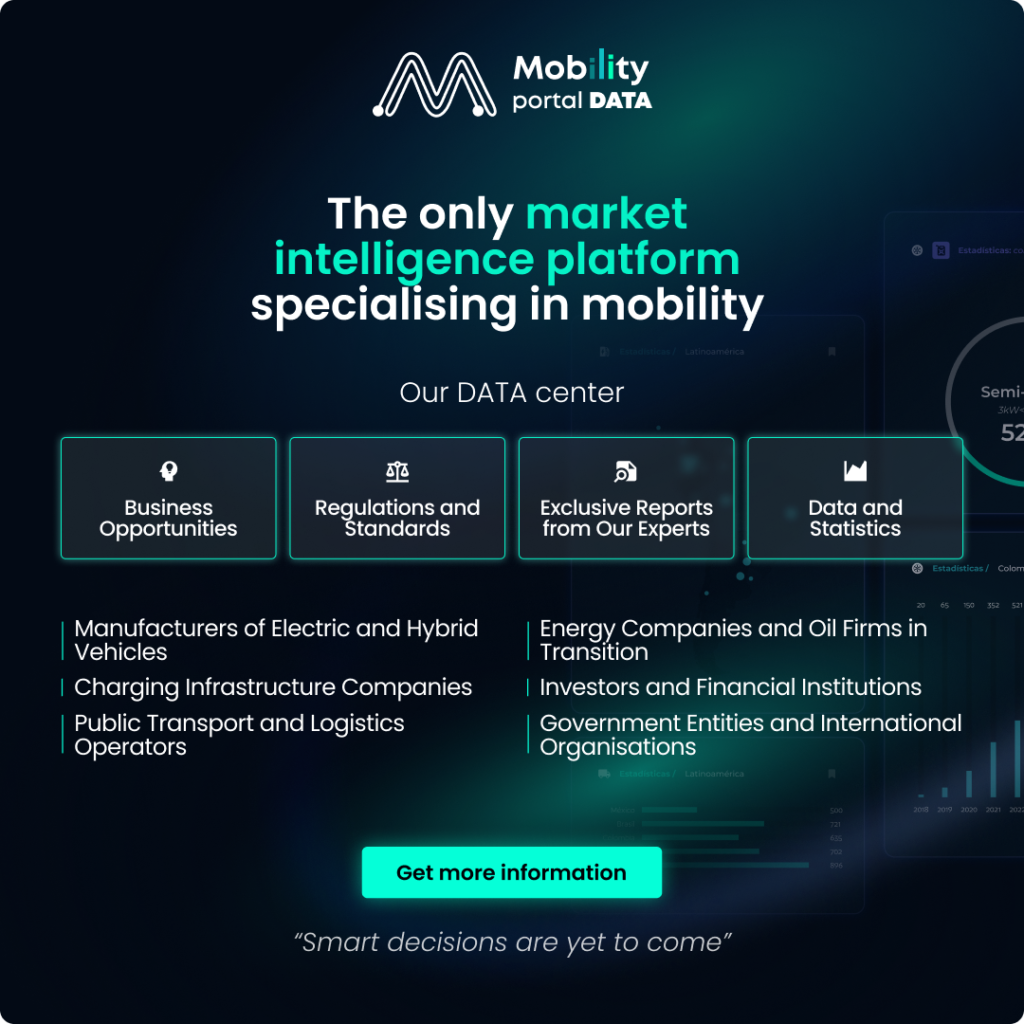INJET New Energy, one of the world’s top five manufacturers of electric vehicle (EV) chargers, continues its international expansion.
Although its headquarters are based in China, the company is aiming to strengthen its presence in the United Kingdom (UK).

“It takes time to develop a product that complies with local standards, especially in the UK where the requirements are very advanced,” says Hanna Xu, UK Country Manager at INJET, in an interview with Mobility Portal Europe.
The company identified smart charging regulations as one of the main barriers to entering the British market.
“We realised we could not manage it alone, so we partnered with third-party experts,” Xu explains.
Through these collaborations, INJET received technical training, assessments, and testing, enabling it to adapt its products to local standards.
After what they describe as a “considerable” process, the firm has successfully developed its first AC charger certified under British regulations.
INJET expects to launch this product in the UK market next month.
And what will be the next target market?
“We already have teams in Germany, the United States, and Southeast Asia. South America is next on the list,” Xu confirms.
“It’s a vibrant market, and we’ve already identified a potential lead to kick off operations there,” she adds.
It’s worth noting that the company always works with local partners and experts in the market, technology, and culture.
What benefits do INJET chargers offer?
While INJET does market AC chargers, the company’s main focus is on direct current (DC) chargers.
“Last week we launched our first DC charger at a partner’s site, who is an independent owner of a farm shop,” says Xu.
The name of this product is INJET Ampax.
“It stands out from other products on the market due to its aesthetic and technological design,” Xu acknowledges.
The company adopted a modular approach to its design.
Its features make the product durable and stable, reducing maintenance costs.
“We can detect faults remotely and send an engineer with the exact component to be replaced,” says the Country Manager.
“It can be removed and installed in ten minutes, and the faulty part is sent to our headquarters for repair,” she adds.
This approach reduces labour costs and improves efficiency.

What type of clients should be targeted?
As for INJET’s clients, in Germany and the United States, the AC and DC markets are fairly balanced.
“In the US, our partners include a major logistics company, and in Georgia we’re working with a fast food chain,” Xu explains.
She continues: “In Germany, we’re collaborating with a large energy retailer to sell DC chargers, which are ideal for small fleets.”
INJET also has partners in Dubai and Southeast Asia.
But… what type of clients is the company targeting now?
“We want to work with major charge point operators (CPOs),” says the Country Manager.
However, she acknowledges that earning their trust takes time.
That’s why their focus this year will be on fleet management companies.
“Unlike some CPOs who invest large sums without seeing an immediate return, fleet operators use the chargers regularly, which helps generate revenue more quickly,” she explains.
INJET is also looking to collaborate with private users and convenience stores that have parking space.
READ MORE
-
E-Mobility milestone at Munich Airport: SBRS powers up new depot with 50 e-bus chargers
With 50 charging points delivering 120 kW each, the new Munich depot already supports 37 electric buses—soon to be scaled up to 72—setting a new benchmark for sustainable airport mobility.
-
Strategic alliance aims to boost the flexibility of smart electric vehicles in Europe
The partnership combines Voltalis’ nearly two decades of expertise aggregating flexible energy assets with Virta’s advanced EV charging platform, spanning over 120,000 charge points and more than 1,000 business customers across 35 countries.
-
ChargeLeague lanza WATT 2025 y llama a “redefinir la experiencia de carga” en Europa
El evento marca el debut oficial de ChargeLeague —nuevo nombre de Spark Alliance— y sienta las bases para una hoja de ruta común hacia la adopción masiva del vehículo eléctrico en Europa.











